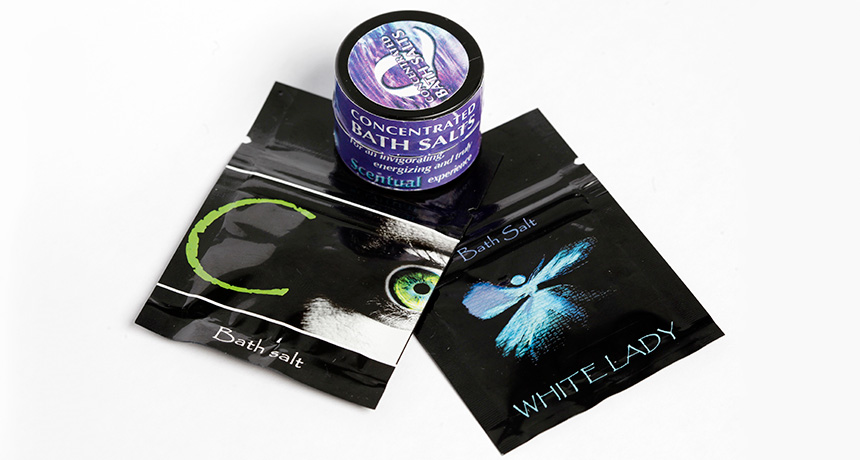Designer drugs hit dangerous lows to bring new highs
Illicit drugs are staying one step ahead of law enforcement, and users are paying the price

DRUGS BY DESIGN Bath salts (above) are packaged as a product one might use in the tub. They’ve been linked to deaths.
© Andy Mills/Star Ledger/Corbis